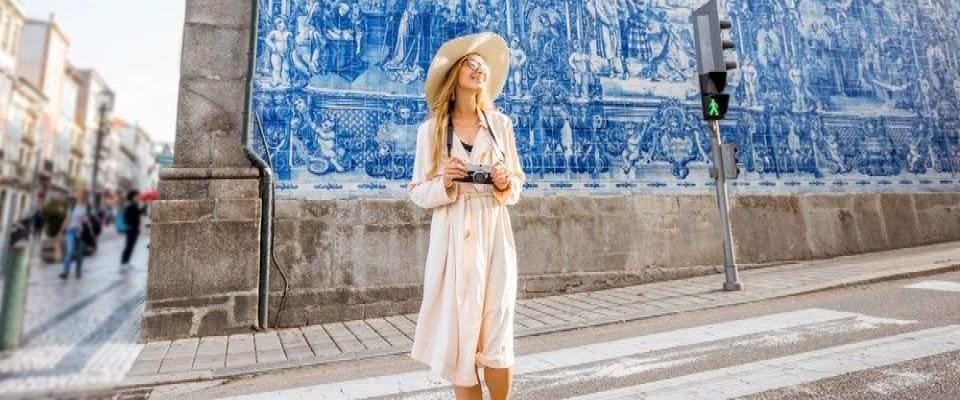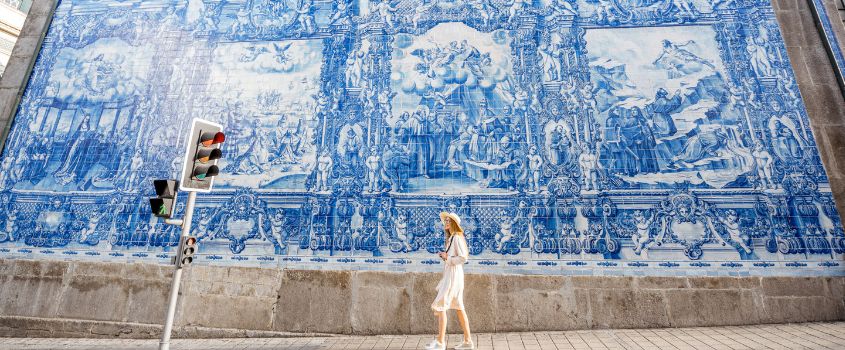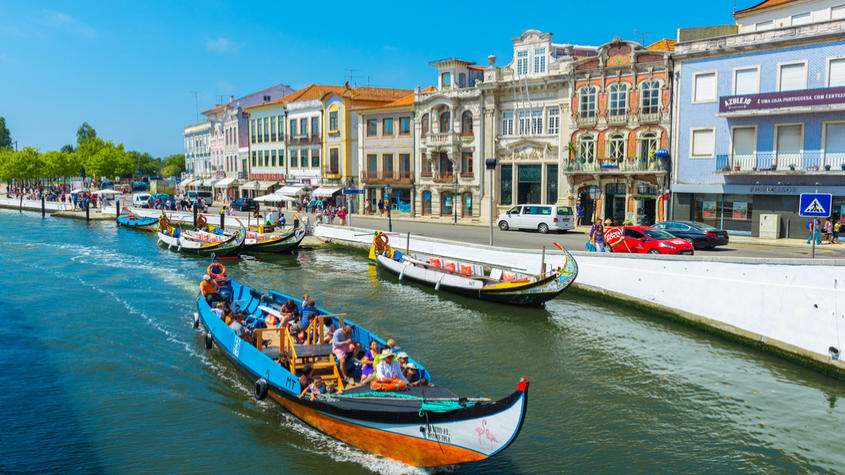
The history of the Portuguese Tiles
If you're like us, you love tiles! Square, colorful and very traditional in Portugal, the Portuguese tiles are real landmarks of the country. But do you know why they are so famous? And why are they blue and white? If you love these little ceramic pieces, this new blog article is for you!
The tile is one of the most outstanding characteristics of the Portuguese culture. In fact, if you visit Portugal, you will find numerous façades of monuments covered by tiles, from north to south of the country. On the other hand, more and more feel the highlight and the fascination of the population and tourists for this ceramic work! And good: these little wonders have an enormous historical, cultural and artistic value.
The word "Al-zulaich" came from Arabic to draw "small polished stone", which originated the Portuguese "azulejo". Of Egyptian origin, the decoration of monuments and buildings in ceramics, on the walls and on the floor, became much sought after and demanded by the Portuguese kings from the XV century, gaining a prominent place for the architecture of the country. Since then, the tiles - usually formatted in 15x15 - have invaded the interiors and exteriors of churches, parks, staircases, houses, convents, and many other buildings. Portugal has become a true country of tiles!

Having influences of Chinese porcelains, the blue tones began to gain representation, associating the combination blue and white as colors of refinement and prestige. Thus they became the most common colors for Portuguese tiles. In Portugal, the tiles even tell stories and descriptions of the past, traditions, the common life of the population and are also an expression of religious, military and social themes.
Such is the fame and the importance of these tiles for Portugal that, in 1965, the National Tile Museum in Lisbon was created in order to preserve and study the art of tile in Portugal. Another highlight for the tile panels goes to São Bento Station in Porto, where you can see more than 20,000 small squares, hand-painted. It's worth visiting!
Undoubtedly, the tiles are the characteristics that the Portuguese are most proud of, given its aesthetic beauty and its strong presence in the streets of the country. If you visit Portugal, expect colorful walks!
Did you like it?
Average votes: 4.67 of 5
Go Back to the Blog














